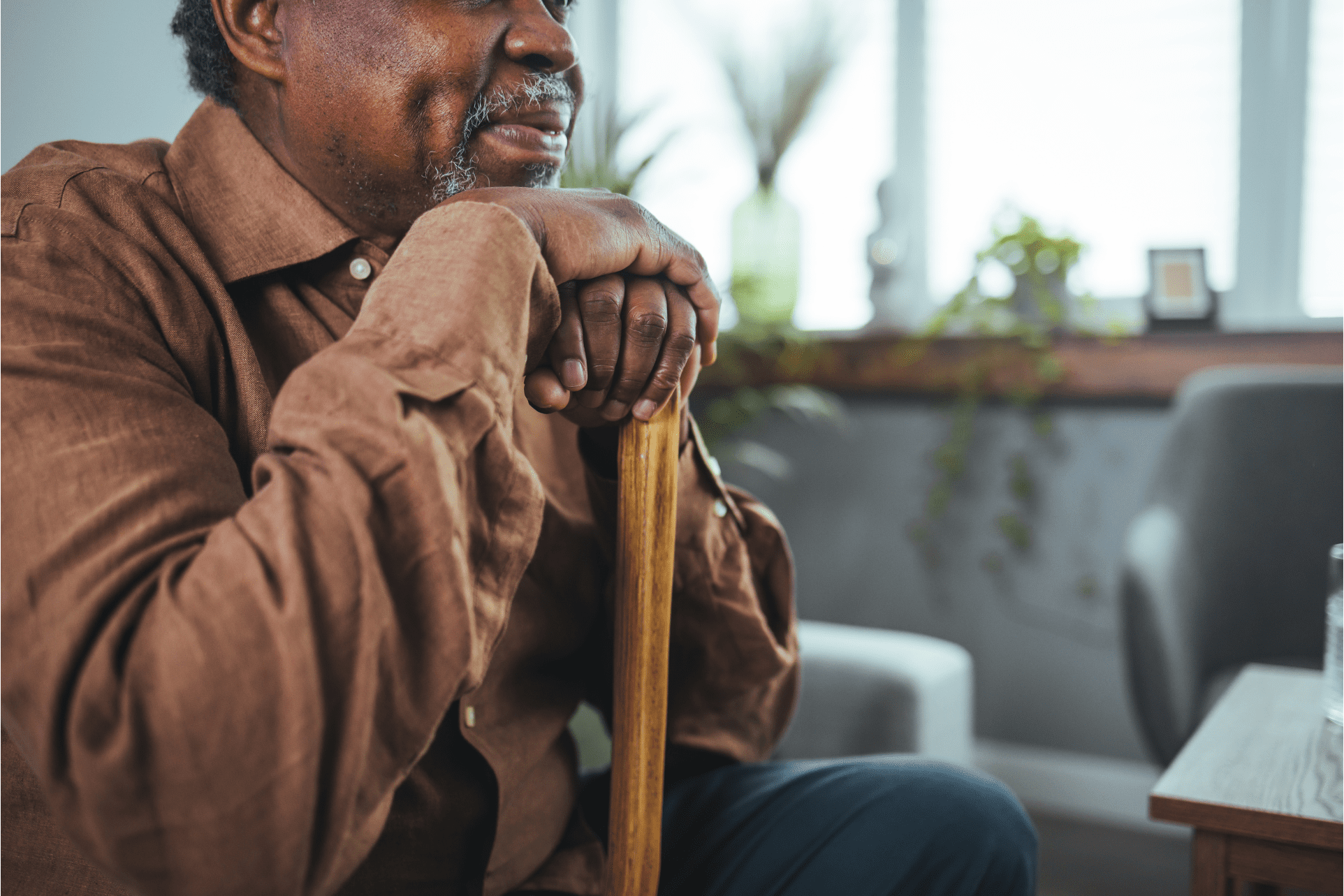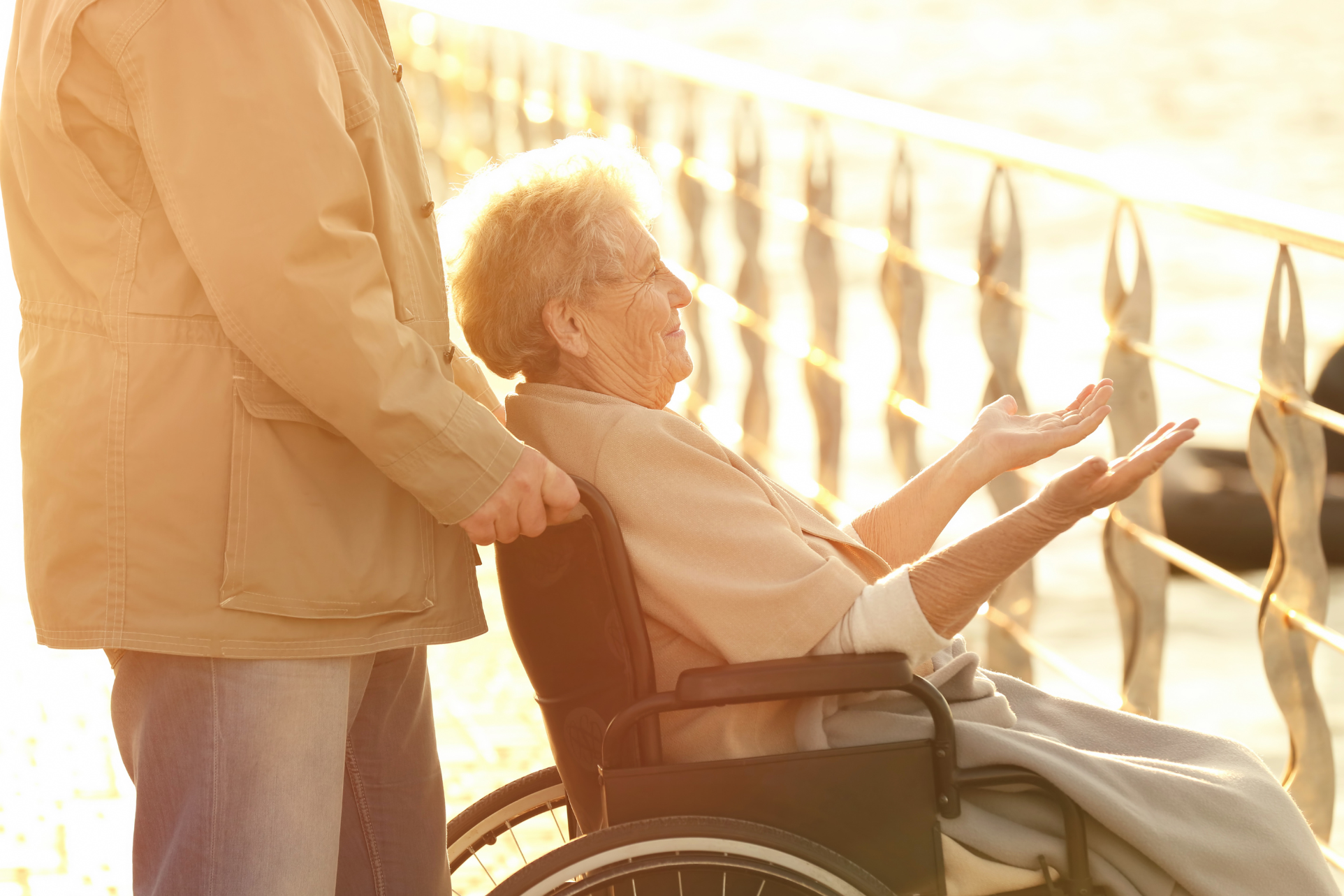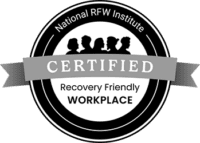Diving Deep with Bob Gold: The Every Day Matters Program
GoMo Health and Bridgeway Rehabilitation Services created and launched The Every Day Matters (EDM) program, a Personal Concierge™ system of patient care for mental health care management that serves as a model for increasing the efficacy and improving the qualitative experience of patients in any health care environment. Bob Gold is a Clinical Behavioral Technologist and the creator of the technological and community-based system behind Every Day Matters.
Read more about Bob’s insights on behavioral health care, Every Day Matters, and the science that is changing the landscape for mental health care.
Why did you think this specific population would benefit from a program or service like the one provided for Bridgeway?
After speaking to the folks at Bridgeway and then doing some investigation about mental illness, I learned that adults in the U.S. living with serious mental illness die on average 25 years earlier than others, largely due to treatable medical conditions. And a lot of times, because of the stigma in society, many healthcare reimbursements and treatment protocols aren’t as impactful for mental illness than they are for physical conditions. In looking at the sort of the mental state of these folks, you have to believe that a lot of them feel that other people look at them in a negative way because of their mental illness. It’s tough to go through life like that. They’re not the VIP.
We as humans need to belong to things that are meaningful to us. Because I think it’s a basic core need, we decided to make it a member program. In many respects, having mental illness and going to treatment is an experience that is the exact opposite of what membership and a club constitutes. Those in a day program wouldn’t necessarily feel a sense of membership. This program can help change the psyche of both the person served and staff members. These members get to participate; they are a part of a group.
A lot of day programs have the challenge of caring for their members even after they leave the four walls of the facility. You can’t walk around with everyone 24/seven. Every Day Matters is going to help staff members craft new ways of helping people. If you’re not making a person feel good, you’re not treating a person in the best way. They have less reciprocity and activation. I think the majority of technology deployed in healthcare doesn’t work because it doesn’t address these behavioral and cognitive issues. You have to get people to want to do things.
First, you have to get members to believe that they want this, and they believe they should do it. And there’s value to them, not because some smart clinician is telling them to do it. It doesn’t matter if someone is telling it to you verbally, or in a book, on a mobile app, or through email; If you don’t believe in it, you don’t think it’s valuable. It doesn’t matter what form it is in.
What were your thoughts and ideas behind the naming of the program: Every Day Matters?
Something that I struggled with when I was younger was looking ahead and thinking, “I just can’t get through this.” One of the biggest traits that I was jealous of in other people was the ability to be comfortable today – just happy to live in the moment. It doesn’t matter if you’re poor and want to get rich, or you’re not happy and you want to be happy – can you just be in the moment and enjoy it even though you may not be in the best place? I believe every day matters for all of us, because you live your life in all these little moments that add up.
I believe there’s a huge correlation and underlying meaning in various of the 12 principles where the goal is to get people to be in the moment and happy. My whole philosophy in life is that every day does matter, because you can never get it back. For the members of the Every Day Matters program, that is something to hold on to. I have today. Today was good. Maybe tomorrow could be good.
What are the major problem areas or gaps that you think this program addresses within the existing behavioral health model deployed at facilities like Bridgeway?
Whether you’re in an outpatient program or even if you’re an inpatient, this program really addresses the time when you’re on your own that providers often don’t address. So, when you’re not with the team of healthcare providers – that is when peoples’ minds race. That’s when you’re in that downtime. Those are the toughest times. And a lot of times that happens at night when you’re not with a professional and you have to figure it out. Because if you don’t, there are a lot of repercussions. And a lot of times they don’t, and that is where all the repercussions come to them as human beings: the cost of the health system, the unnecessary Emergency Department visits or readmissions, the damage to mind and body. So the obvious problem area that this program solves is that it addresses the times when people really need to better self-manage.
Second, I think Bridgeway and others have done an exceptional job at designing a day program, but given that you have over 70 people, you can’t really spend a lot of time on an individual every session. With our program, we’re interacting with people, and they are able to tell us when they need to hear a joke, an inspirational quote, or a story about a fellow peer. We are filling the gap using technology and giving members some measure of control over their status.
You can’t typically have a program where every individual is creating their own curriculum every day – but with us, you can. We’re sending some things, but members are choosing to participate and receive things when they want as well.
How do you think the program has affected the staff?
I think we’ve affected the staff in a sense that we have probably increased their confidence that the persons served will take home what they have learned at Bridgeway and that their efforts are more reinforced especially when these people need it the most. It’s been as refreshing and fascinating for the staff as it has been for the patients, and I do think it could lead to sustainable change in the delivery of behavioral health care plans in the United States and other countries. Patient outcomes and self-management measurements are highly correlated to a day in the life, stress, and how the clinical care team perceives their function, their job, and what they are capable of doing; I believe we have done that for Bridgeway.
Based on the findings since program launch, results show that persons served who are enrolled in EDM are considerably less likely to withdraw from Bridgeway Rehab Services in comparison to those not enrolled in EDM. Why do you think that is and how do you think this finding can optimize the program’s engagement approach?
With the 6 I’s incorporated into this engagement approach, I think it is very obvious. If you’re part of something and you’re feeling better about it, because it’s helping you feel better about yourself, you will want to stay. “I feel like I influence it and I’m invested in something that I identify myself with.” Why would you withdraw from that? They have influence of this. It’s not technology that sending them a reminder to take their pill or to, you know, feel good or something generic, or an app that they have to download and go to that has some messaging in it. This is a whole different model.
In your opinion, what was the most impactful moment that has resulted from implementing The Bridgeway Personal Concierge™: Every Day Matters program?
In Judaism, there’s a Hebrew term. It’s called Tikkun Olam. In English, it means “one act of kindness one time saves the world.” I think it really applies here, especially when I hear a story about one member with suicidal ideation [who did not act on those feelings due to a Care Communication that was delivered to them]. It’s just wonderful that we can intervene during those critical times, and so impactful. These stories from a purely business perspective translate into better outcomes, better adherence, reduced costs, reduced readmissions – all the business and ROI things. But if you don’t have that human story, you never get there.
Overall, what are your future goals in implementing BehavioralRx for this population? What are the desired outcomes?
Our first goal is to take the program on a national and international basis. It’s working. It’s meaningful. It’s impactful. It has tremendous human-interest stories, has tremendous business and healthcare stories.
Second, I definitely want to start teaching the science and the new care plan model to clinicians around the world who are in behavioral health. So, we want to figure out a way to teach this to other healthcare professionals, so they have better joint practices.
The third goal is to positively affect the value-based and bundled payments and work with the government-supported payors, CMS, Medicare, Medicaid, and private payors, having a set of reimbursements that incentivize a program like this because of the clear cost in business outcomes it provides. People who withdraw become more of a burden to the system, period.
Our three main goals are the people first, then joint practice for the clinicians, and finally, better outcomes for the payors.
Read the full white paper on the Bridgeway Every Day Matters Program by clicking the button below.







Find Us Online